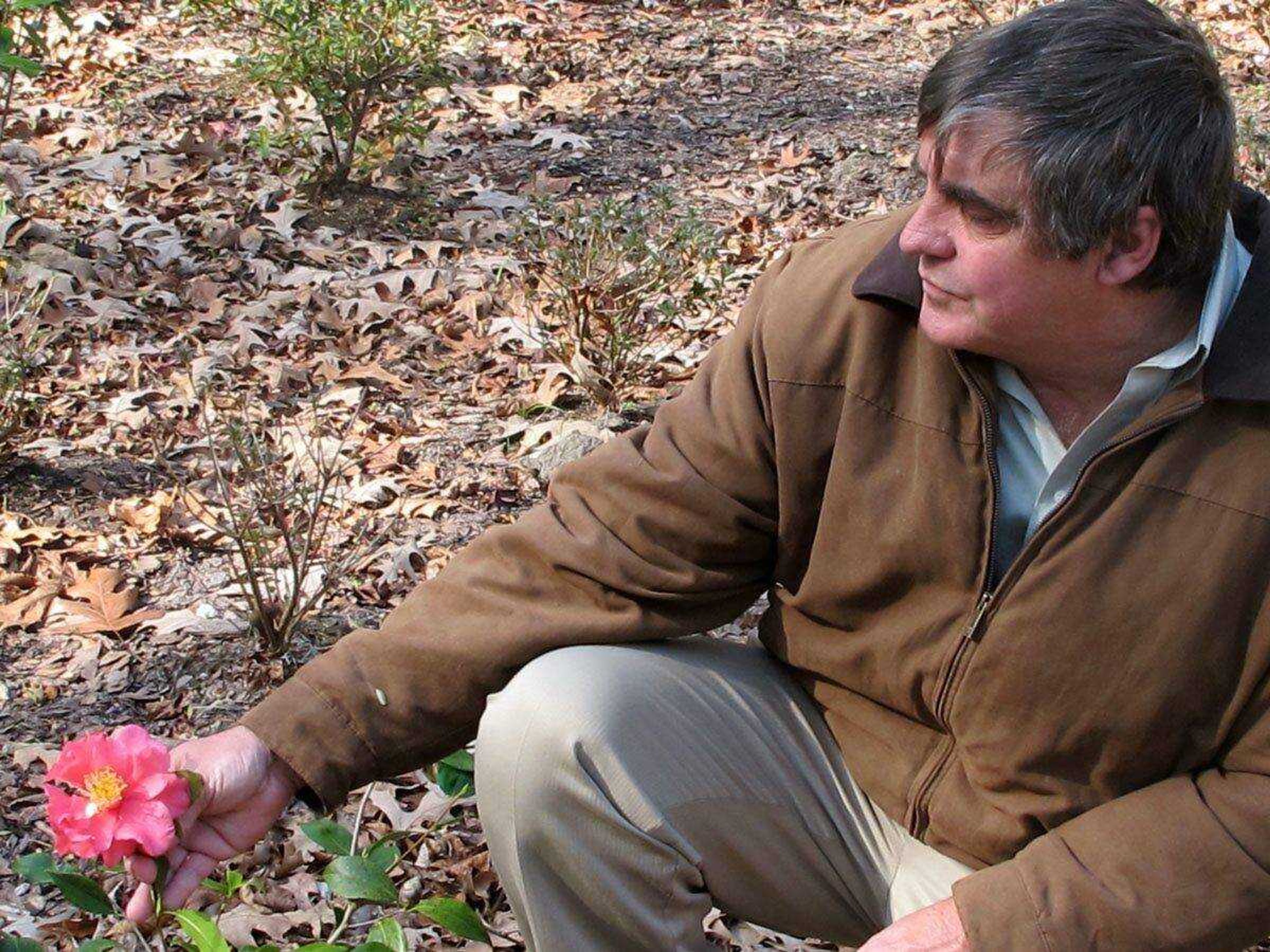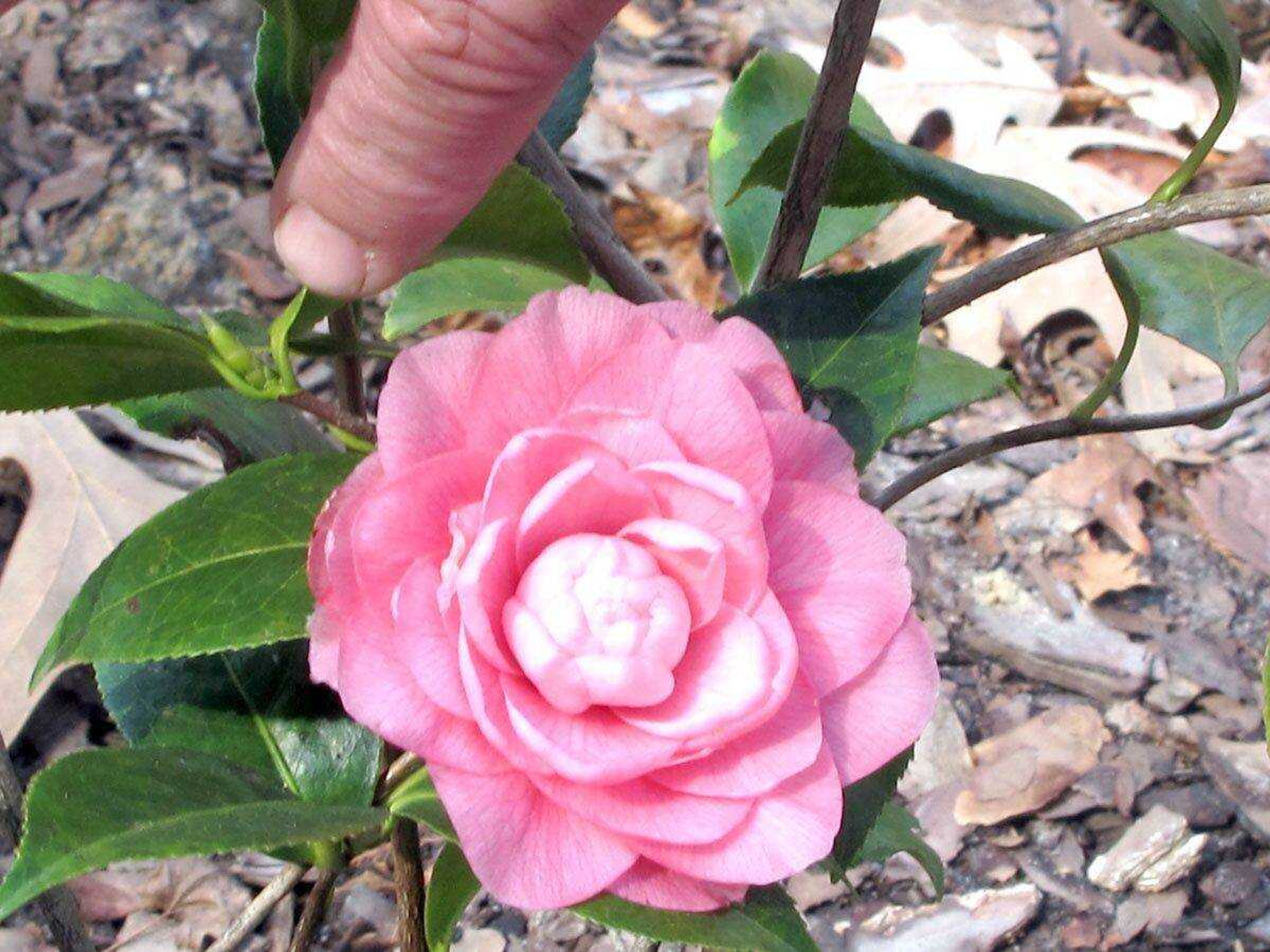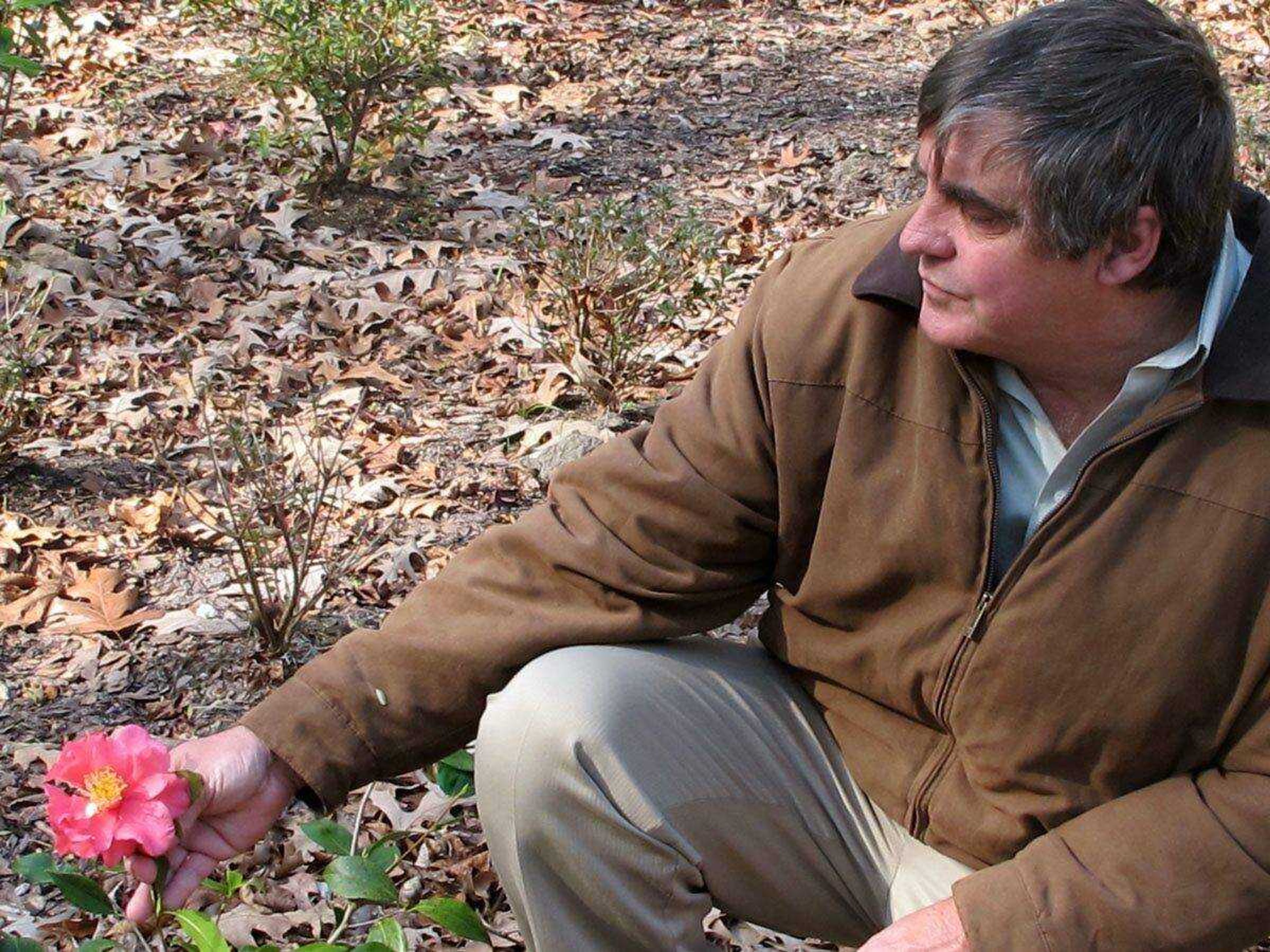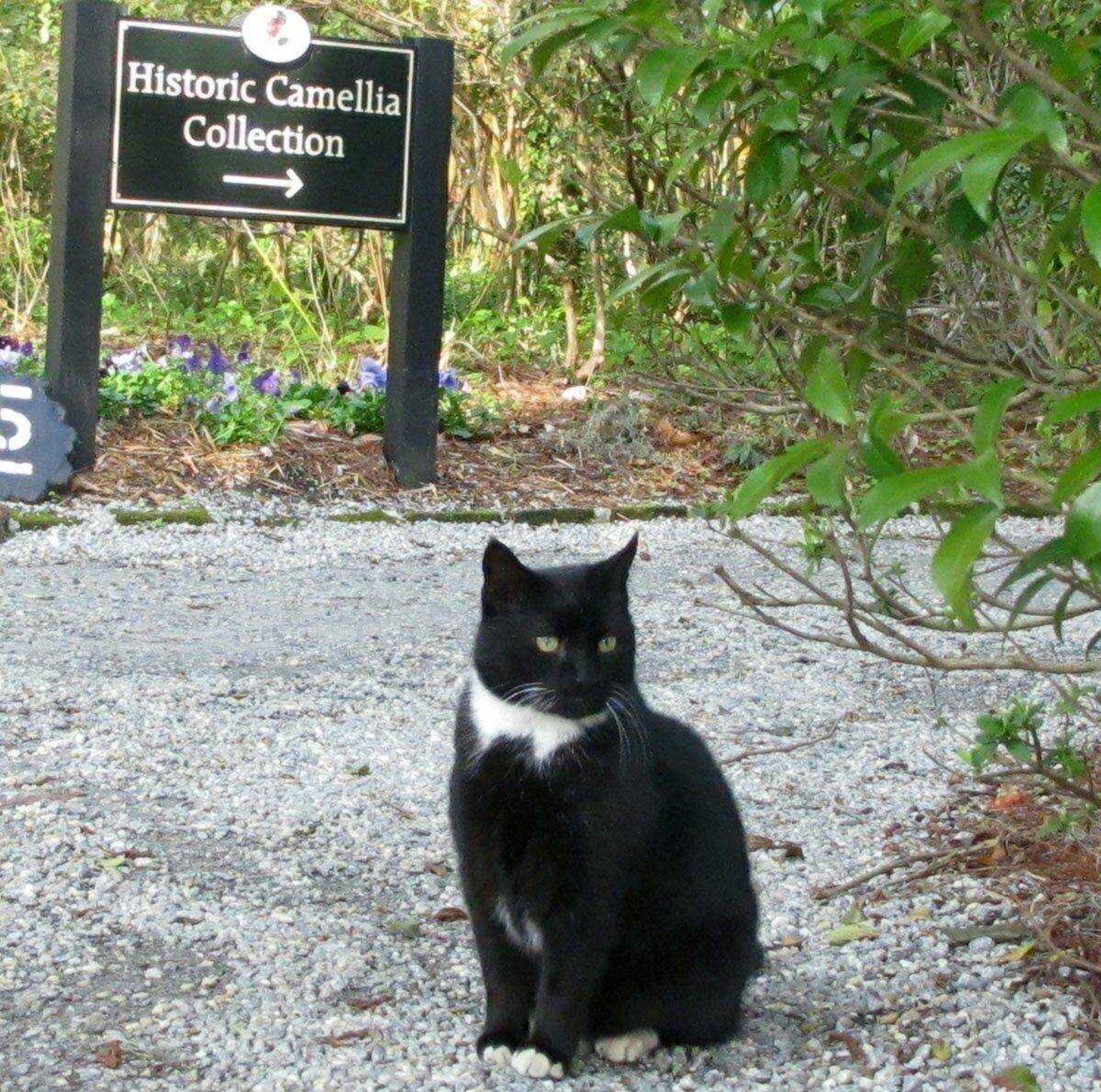South Carolina garden collects pre-1900 camellia varieties
CHARLESTON, S.C. -- A South Carolina garden's goal of creating the world's largest collection of ancient camellias is a bit closer with the addition of about 200 ancient varieties in recent years, including about 100 brought from Europe in recent months...
CHARLESTON, S.C. -- A South Carolina garden's goal of creating the world's largest collection of ancient camellias is a bit closer with the addition of about 200 ancient varieties in recent years, including about 100 brought from Europe in recent months.
"At the end of this venture, we're trying to create the largest collection of ancient camellias in the world," said Tom Johnson, the executive director of Magnolia Plantation and Gardens overlooking the Ashley River west of historic Charleston.
Ancient camellias are those that were propagated before 1900. And Magnolia, along with other gardens and individuals, began an effort about five years ago to find and save them.
Magnolia, whose trails wind down along the slow-moving river and are ablaze with azalea blooms during the spring tourist season, has in all about 25,000 camellia plants. They represent about 2,000 cultivars, about 300 of them the ancient camellias. The rest are what are called historic camellias, varieties propagated between 1900 and 1960.
There are thought to be about 470 varieties of ancient camellias in the United States.

Magnolia, where camellias were first planted in the 1830s, now has the largest collection of camellia varieties in the country. In the world, it's not clear just where the largest collection of may be, Johnson said.
While modern gardeners tend to like more recent strains of camellias that are flashier and have brighter, larger blooms, they tend to be less hardy than the ancient strains. Magnolia and others are preserving the older varieties to make sure they don't die out as their popularity wanes.
"That's what we miss in the horticultural world, how important preservation is," Johnson said. "They have a lot more disease resistance and have a lot more insect resistance, and they are sturdier plants and some of the flowers are just as beautiful."
Johnson and others have worked in recent years with the Great Gardens of America Preservation Alliance to scour gardens around the country for ancient camellias. Now, the search is overseas in places like France and Italy.
Johnson and Miles Beach, the director of the camellia collection at Magnolia, were in Europe last year collecting cuttings of ancient camellias from gardens in France and Belgium. The alliance, organized four years ago with about 12 members, now has more than 30.

Cuttings brought back from Europe were brought to Magnolia, the Norfolk Botanical Garden in Virginia and to the Burden Center at Louisiana State University.
"They are three geographically different locations, so we stand a much better chance of preserving them for the future," Johnson said.
There's another French connection at Magnolia.
French students from the Versailles National School of Landscape Architecture near Paris recently completed internships at Magnolia and designed a 3-acre garden. The garden is propagating hundreds of unnamed, and more recent, varieties of camellias grown over decades as a hobby by a Georgia farmer.
"You're talking thousands and thousands of camellia varieties -- every one could be a show winner and none of them ever named," Johnson said.

About 100 plants that were propagated from 40 acres of camellias grown by the late Richard Dodd on his farm outside Marshallville, Ga., are planted in the garden. They were taken from cuttings made three years ago.
Johnson hopes to return to Marshallville this year and take several thousand more cuttings.
Dodd died in 1995, and his wife wants to make sure her husband's lifelong love of gardening survives. The worry is the Georgia collection might be lost if the land is sold and developed.
"His passion was to grow from seeds as opposed to have cuttings," Beach said. "He was lucky to have many worthy of being named and exhibited in camellia shows. They are also very hardy because they were growing in middle Georgia."
Connect with the Southeast Missourian Newsroom:
For corrections to this story or other insights for the editor, click here. To submit a letter to the editor, click here. To learn about the Southeast Missourian’s AI Policy, click here.










